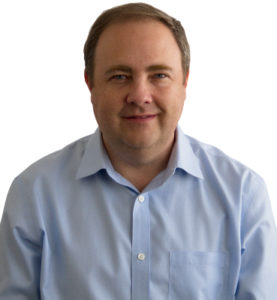
As the COVID-19 crisis affects our families, jobs and economy, so does it affect the future of public education in our community. Governor Newsom has made it clear that schools face unprecedented loss in revenue over the next few years. PUSD Superintendent Brian McDonald has warned that the pending cuts would be “devastating”. As we start to figure out how to provide the most equitable public education in the midst of extreme fiscal challenges, we need all of our minds on generating creative solutions, now more than ever.
That’s exactly why it is vitally important to begin the necessary work to come together in support of our public schools and to work creatively and proactively about how we can best mitigate our immediate challenges and advocate for the longer-term vision we see for education in our community.
One thing is clear; we won’t win the battle against the massive hurdles that threaten our children’s futures by putting the awesome burden to develop solutions on any one group of people. If we put the responsibility solely on district leadership or the school board, we risk that hasty decisions are made out of the public eye and out of step with our community’s goals.
As an innovation consultant by profession, I bring organizations together to converge on their biggest challenges by tearing down the communication silos that breed misunderstanding, lack of alignment or block innovation. I build solution frameworks that huddle leaders around developing success outcomes in a relentlessly positive collaborative atmosphere, while reducing risk in the process of developing workable pathways forward. In my work, I follow a proven solution and visioning process called “Design Thinking” (it’s a real thing… Google it). The Design Thinking process challenges people to think like product and service designers to make quick and rapid pivots to solve big problems, validate risky assumptions and do it in an inclusive way. I know how this process can help us define a grassroots-led public school vision for the next decade.
How does Design Thinking work?
The core ingredient of Design Thinking is empathy for shared problems and the people most affected by them. It favors “yes, and…” optimism over “yeah, but…” defeatism and it builds on an inclusive “we can’t do this without you” attitude instead of being consumed by seemingly insurmountable odds. Design Thinking gives rise for people to share their biggest and most creative solutions, made better and more tangible by their peers, giving ideas the broadest chance for wider acceptance. The goal is to develop popular concepts that can be tested before money and time are wasted on unworkable outcomes. This process creates safe spaces to “fail early and often” when risk is lowest to avoid failure later when it’s crucial to succeed.
The Design Thinking process was pioneered at Stanford University and it is actively utilized at leading change-management consultancies for all kinds of for-profit, nonprofit and public organizations. It scales well for education, as districts and schools in Hawaii, Maryland, New York and California have used it to define their visions.
To help our short-term problems, we need to start envisioning our long-term horizon. Where do we want to be in 10 years? How do we want the public to engage with our schools? How can we creatively finance innovation in the face of extreme fiscal challenges? Do we really want to be known as a “free place to get a private school-quality education” or do we strive for something so much more uniquely-valued for those that would consider PUSD for their children?
It doesn’t matter if you send your kids to public schools… it doesn’t even matter if you have kids… you are the residents of this community and with that comes the privilege and responsibility to determine the course of the students who live in it. We are the people of Pasadena, Altadena and Sierra Madre. Our area is home to some of the most world-changing, innovative companies, organizations and thinkers in the world. Together, we’ve made futures bright, accessible and equitable before. We can do it again.
So let’s get to work.
The first step in defining our public school vision is to recruit a body of educators, students, district staff, board member liaisons, elected officials from city and county, city agencies, business leaders, neighbors to lend equal voice to steer the visioning process forward. Those people will become the face of the initiative and it will be their role to message the good work coming out of what’s to come. These people will also be tasked with recruiting facilitators to do the hard work of the next phase, for this process to be a truly “grassroots” initiative.
Then with the steering framework in hand, the second step of “divergence” can begin. Everyone has a vision for what they see for public education. Let’s literally put them on paper, not on a stage where three people talk and 150 people take turns at a microphone, but in focused workgroups (physically or virtually), involving people from the same representative cohorts as the steering committee, actively sketching their ideas to solve the biggest identified challenges. Groups vote up their best solutions in front of each other. Each signature idea gets a “sponsor” and that person is responsible for steering that idea through the third phase of “convergence”.
Convergence is the third step, where all the ideas gathered in all the divergence groups are unified, layering in district-driven desired outcomes and planning on how best to test the riskiest ideas. This collective input creates the backbone of the master roadmap and along with it, a set of measurable “key results” to test assumptions as we go. As concepts are tested and found to be nonviable, we adjust, revise and remix, leveraging new divergence workshops as needed. And all of this happens in front of the community that has invested their passion into the process, building trust that we’re in this together, and that all voices matter.
We can do this. Let’s stand behind our public schools and converge on the best future we want for our children. We can’t do it without you.
Scott Harden is a candidate for the Pasadena Unified Board of Education in District 4. He is a four-term PTA president, community organizer, leader, small-business consultant and a proud father of two school-age daughters.












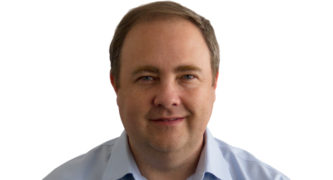



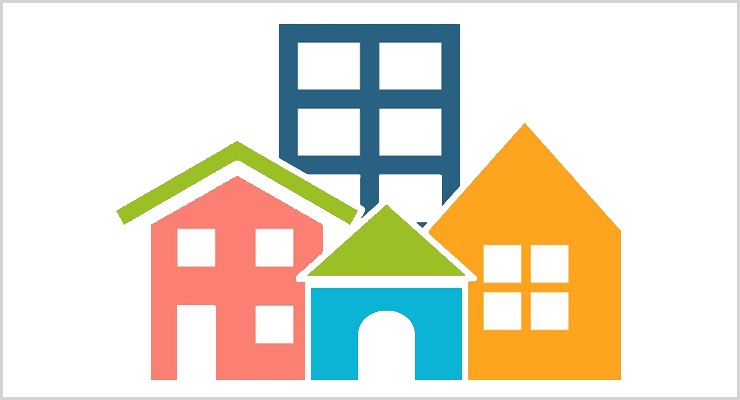
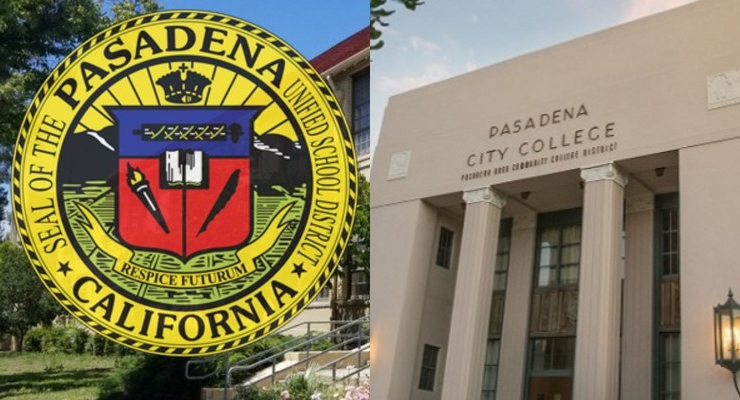
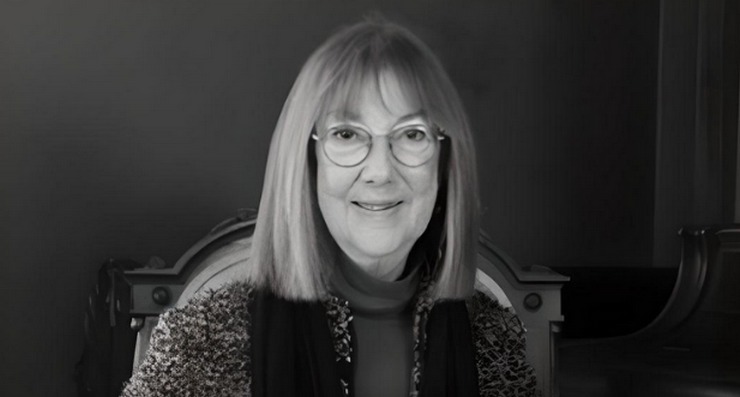
One thought on “Guest Opinion | Scott Harden: Reconnecting Our Community to Its Public Schools: A Primer for Inclusive, Grassroots Change”
I applaud this columnist’s commitment to public education and public service. However, I fear this type of approach allows us to pretend we can solve problems created by the systematic underfunding of our schools with buzzwords borrowed from techtopian magical thinking. What solutions will emerge from “design thinking” that will get us out of a funding system that has starved our schools? Unfortunately this column doesn’t give us any clues.